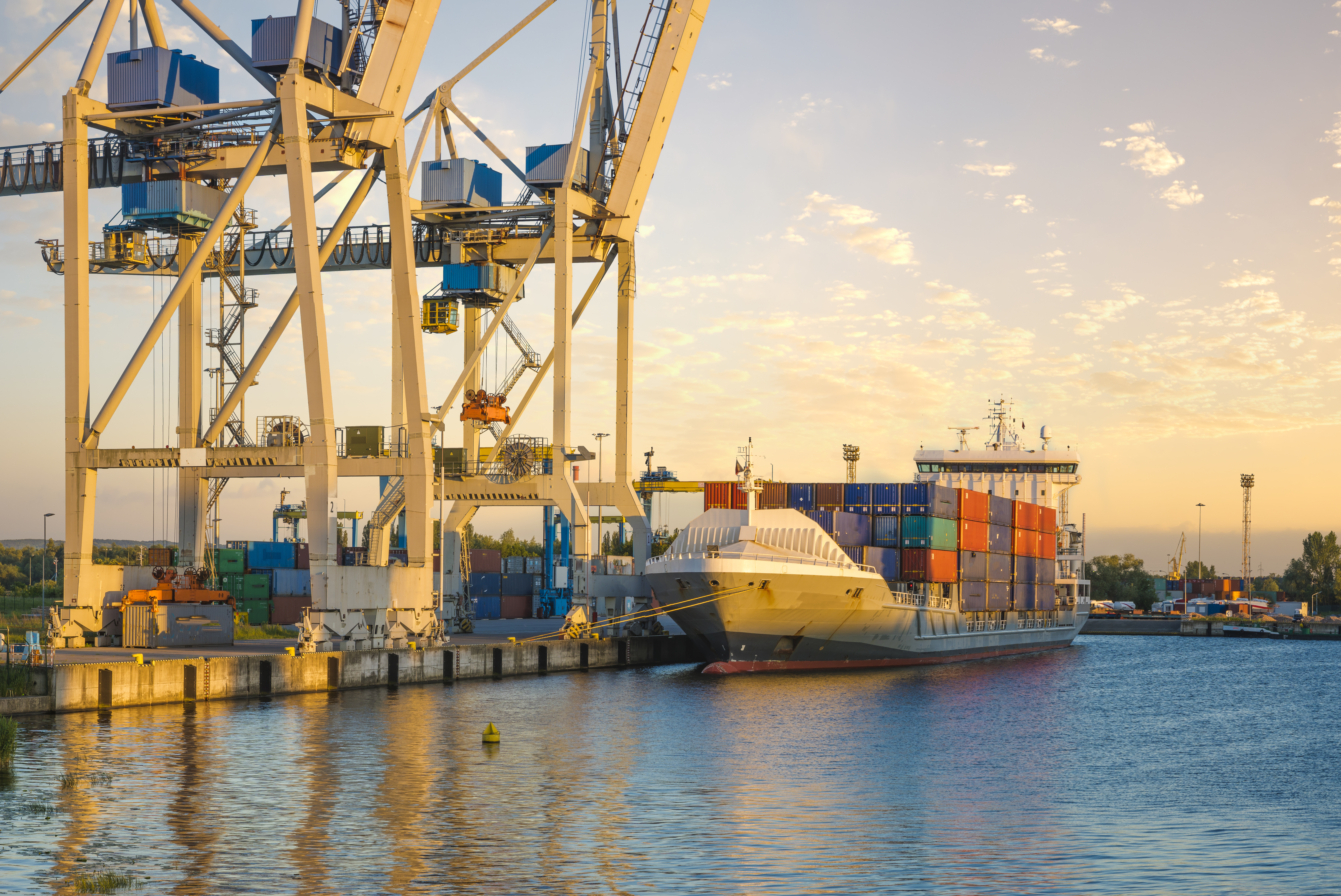Latin America Must Do more to Compete
Latin America Must Do more to Compete
In Latin America and the Caribbean, we already talk in terms of lost decades. If we fail to envision FTAA as a means to increase regional competitiveness and fail to work side-by- side to achieve this broader vision, we will have to start speaking of the region in terms of lost generations.
I came away from last November’s APEC leaders meeting in Santiago, more impressed by the direction of the Asia-Pacific region, and more worried for Latin America and the Caribbean.
Simply put, the uniform dynamism shown by Asian government and business leaders in Santiago to advance aggressively the trade and investment agenda stands in As a first-time APEC attendee, it was clear to me that Asian leaders have made a determination that, despite deep historical animosities and political baggage, they will work together to advance their mutual economic interests.
Whether by moving up the previously-agreed timetable for regional trade liberalization, or by giving higher priority to the conclusion of the World Trade Organization’s Doha Round of multilateral negotiations, or by furthering bilateral trade agreements, Asian leaders are seeking multiple ways to make practical, concrete gains. They are interested in final results — open regionalism that provides a framework for competition in the global economy — and they are not quibbling about the best way to get there.
And this has had additional salutary effects. China has begun its inevitable march onto the world stage politically, economically, and from a security standpoint. In fact, during my time in Chile, the Chinese Premier, Hu Jintao, was in Argentina, Brazil, and elsewhere in South America dispensing significant trade and investment commitments.
Over time, such actions have the potential to change the strategic equation in the Americas. More to the point, as an integral part of APEC, China is working within the APEC process, in addition to other venues, to promote its interests. That’s critical; an emerging China that sees its interests tied to the well-being of the Asia-Pacific region is much less likely to take actions contrary to its neighbors than a China operating outside the global economic system.
The parallels for Latin America and the Caribbean are obvious. Rather than arguing about a “lite” or “heavy” version of a hemispheric free trade agreement, and breaking down into negotiation groups based on political blocs and historical cleavages, we should instead be looking to find ways in the Americas to create a common framework for global competitiveness. Already, the hemisphere missed its January 1, 2005 deadline for the Free Trade Area of the Americas stemming from the first Summit of the Americas in Miami in December 1994.
Arguably, in the intervening decade, we’ve actually taken several steps backward; the vision of a hemispheric agreement itself has come under fire. But that’s because the FTAA has been positioned as an argument over tariffs, quotas, and political leverage, rather than what it truly is: the best opportunity in a generation for the Western Hemisphere to establish a framework for global competitiveness based on open markets, investment, and the rule of law. Concurrently, it is also a means to encourage even greater economic and political cooperation with Brazil, helping to broaden the dialogue across a broad range of mutual interests. There is no Plan B. Now is the time for governments and the regional private sector to engage more actively to achieve the original Summit goal. The Asia-Pacific region is moving ahead, raising the bar. Standing still — arguing about the shape of the negotiating table — completely misses the point. Unless we make a strong collective push for completion of a comprehensive, commercially-meaningful FTAA, the development gap faced by the Americas will get wider with each passing year.
In Latin America and the Caribbean, we already talk in terms of lost decades. If we fail to envision FTAA as a means to increase regional competitiveness and fail to work side-by- side to achieve this broader vision, we will have to start speaking of the region in terms of lost generations. As I saw for myself in Santiago, the future is being determined now.
Susan Segal is president and CEO of the Council of the Americas in New York, an organization dedicated for 40 years to the advancement of democracy, open markets, and the rule of law across the Americas.







